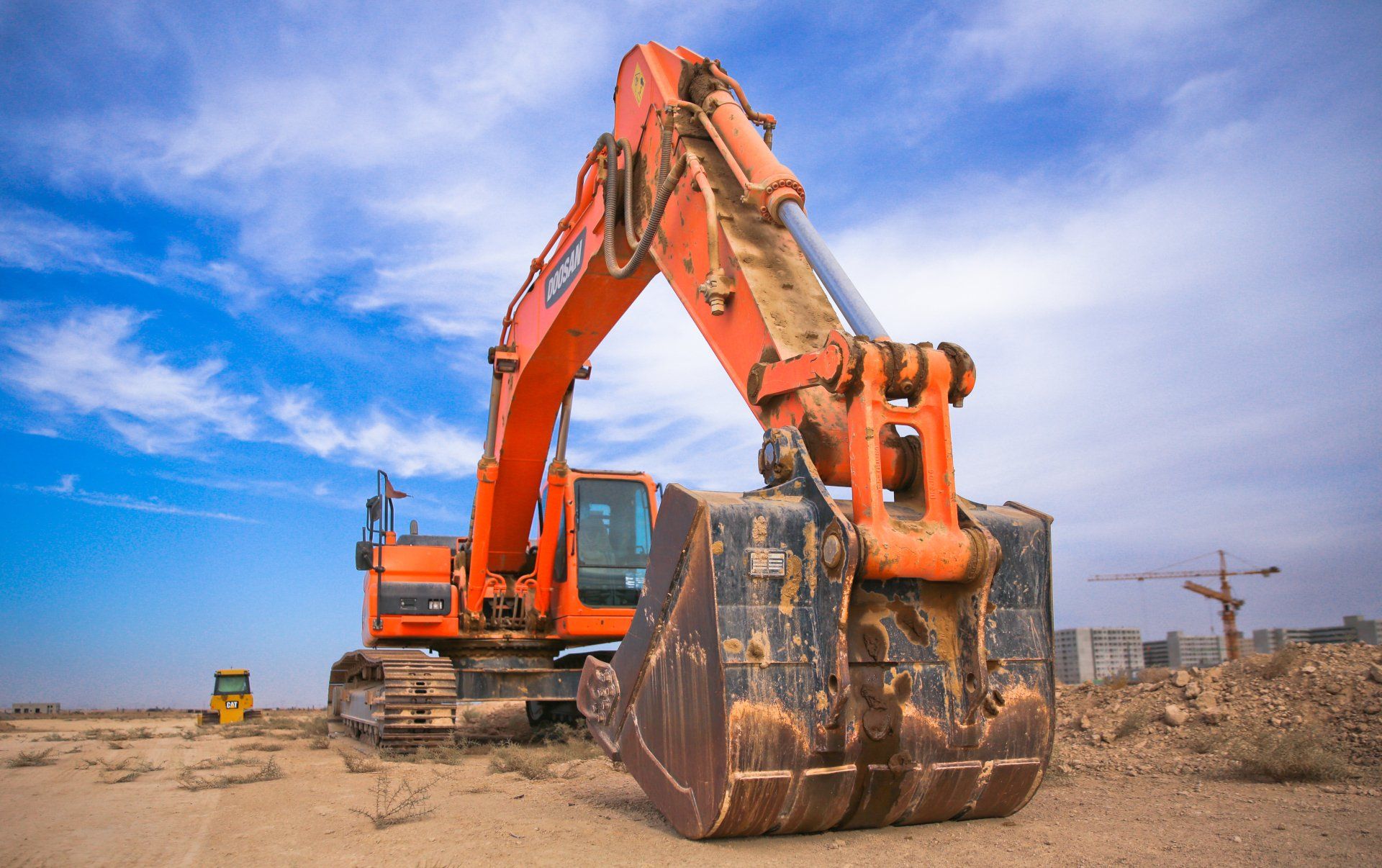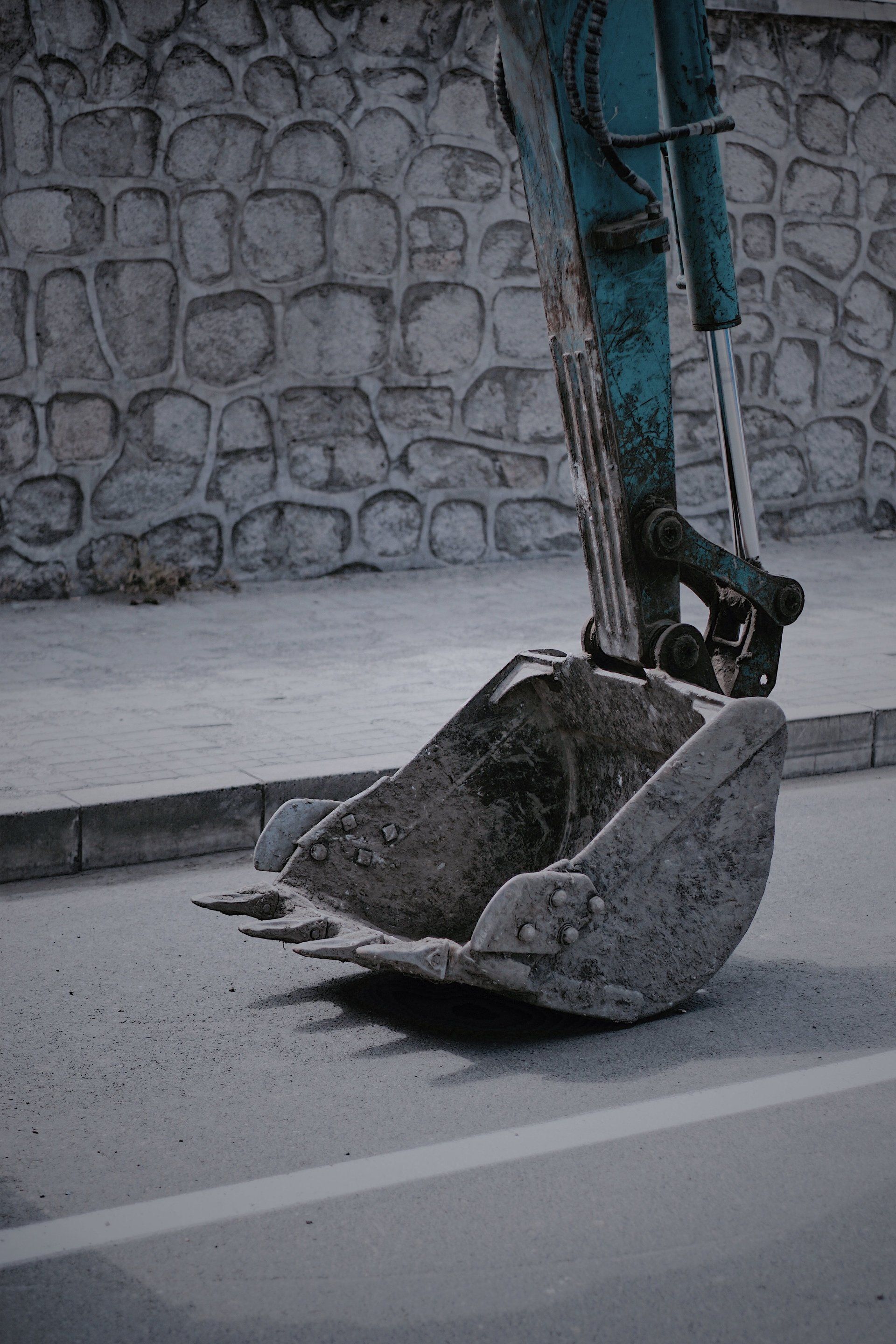How is excavating done?
Excavation Done Right

Typically, digging is done with excavators, power shovels or other pieces of heavy equipment. Excavating may also be subcontracted to traditional construction companies, but the above-ground work usually must be coordinated by an engineer who can assess if sufficient soil volumes are available for large scale projects.
The first step in the excavation process is setting up ground support. This can include shoring and bracing, buttressing and benching (the placing of excavation steps). If there are already structures onsite that require attention during an excavation project , precautions must be taken into account beforehand so residents will not be unduly impacted by any deterioration that might occur to these structures during the excavation process. Once all necessary safety measures have been completed, one can then begin the excavation process.
In larger construction projects, or those that require a large number of workers onsite at one time, the excavation process will be divided into phases. These phases should include a preliminary step as well as a final step. The preliminary start may begin with site clearing and removal of vegetation and other growth followed by an inventory for utilities such as telephone and gas lines. After the preliminaries have been completed it is time to excavate.
Excavation can be done manually or mechanically. Either way, before anything begins there must be an initial inventory taken by excavators which identifies all underground obstacles such as pipelines, cabling and foundations. Additional information about these obstacles must also be included in any blueprints that are available.
At this point, workers need to identify any utilities such as gas lines and power cables. This is done by marking the ground and then digging around where they believe these objects might be located. If excavators do find a cable or other underground object during excavation work , they will first determine if it is active or inactive before taking further action. Once equipment operators know that these objects are dead, they can begin working without having to worry about accidentally damaging them.
After the necessary precautions have been taken into account, excavators can begin grading and backfilling their final steps. They complete this step by either completing the job with soil from the site location itself or bringing in separate fill material . It is important for those who plan on performing the backfill to take into account the need for compaction.
The final steps of an excavation project should include a "re-walk" which is essentially a second inventory by excavators, this time to make sure that there are no buried objects in the area where digging will be done. Excavators also try to ensure that all utilities have been marked accordingly and that their paths are clear of debris or other objects that may interfere with them.
When planning your excavation project , it's important to remember that construction sites can become dangerous places when you least expect it. Therefore, companies like Kelowna Excavation Services offer both equipment services as well as personnel who are highly trained to work with heavy machinery and other potential hazards of the excavation process.
Safety is always a number one priority in any construction project, but it becomes even more imperative when it comes to excavating projects . That's why Kelowna Excavation Services are an excellent choice when it comes to your next excavation project. Feel free to give us a call at any time to discuss the details of your next job, we can't wait to hear from you!

Let’s talk about your project
Fill out the form, or call us to set up a meeting at
Get In Touch With Us!
We will get back to you as soon as possible.
Please try again later.
We bring pride and passion to every project that we undertake, with a professional team of designers, project managers and tradespeople.
Company
Services
Contact
Proudly Powered by Snapps






